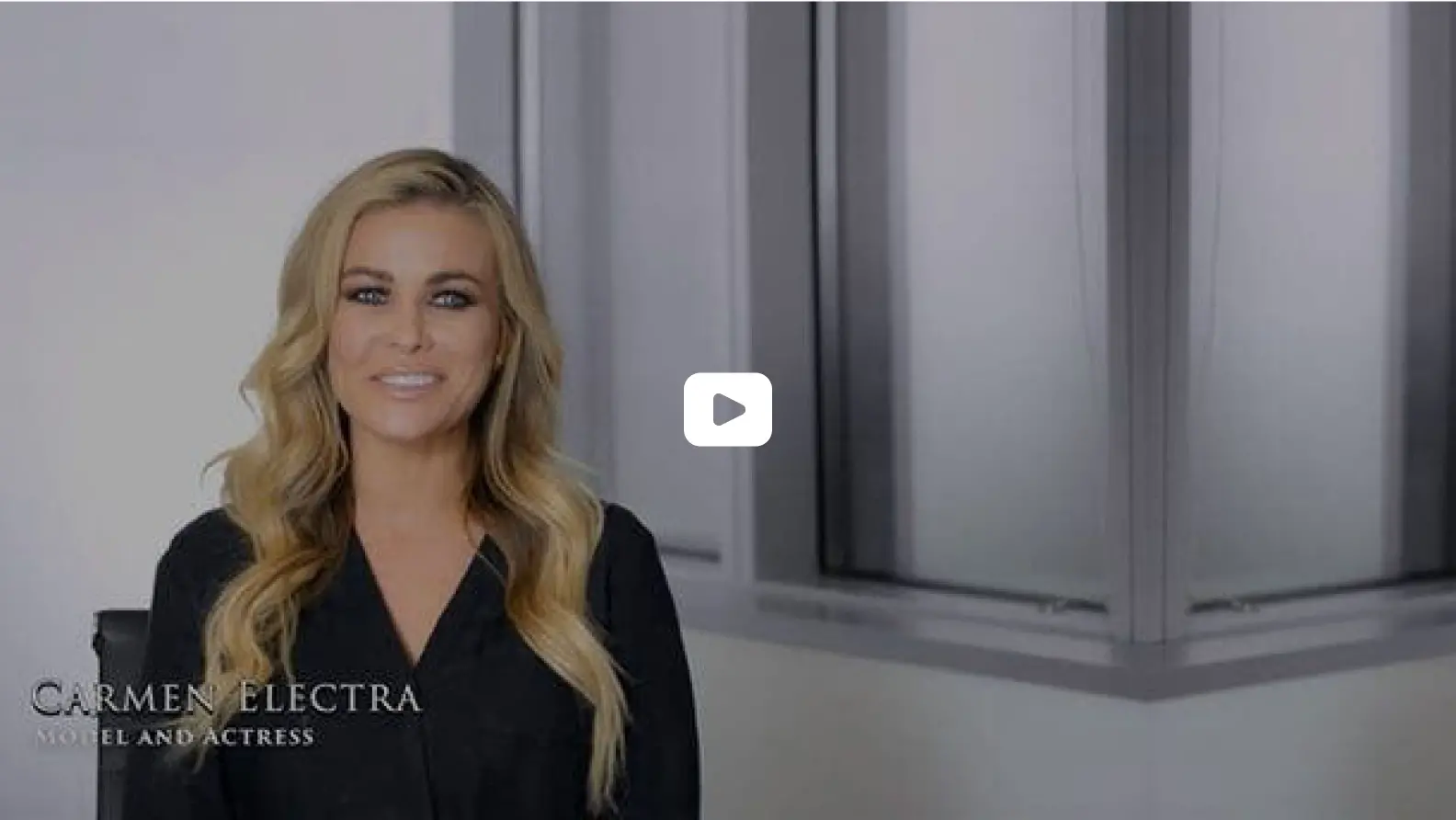
Los Angeles Emotional Distress Lawyer
Table of Contents
- What is Emotional Distress in Legal terms?
- What Does an Emotional Distress Lawyer Do?
- What is Intentional Infliction of Emotional Distress or IIED?
- How Do You Prove Intentional Infliction of Emotional Distress?
- How to Sue for Emotional Distress
- Get the Help You Deserve Today
What is Emotional Distress in Legal terms?
Emotional distress is defined as the mental suffering or anguish that is caused by another person’s actions, often at a result of their negligence, ill intention, or recklessness. While the act itself can vary from a variety of scenarios, as long as the act has inflicted physical harm and significant psychological trauma then an accident victim and their attorney can pursue compensation for emotional distress. Considering how emotional distress is part of non-economic damages, the value of emotional distress will vary on a case by case basis. However, if accident victims are curious how much they can receive in an emotional distress claim, they can input their information in a personal injury settlement calculator and find out how much they may be eligible for.
What Does an Emotional Distress Lawyer Do?
Emotional distress lawyers help people emotionally hurt by others. They are experts in “tort law,” which focuses on wrongful actions causing harm. These lawyers work for their clients to get damages (in the form of financial compensation) for their pain and suffering.
They collect evidence, like medical records and witness statements. They may also work with mental health professionals to build strong cases.
These lawyers guide clients through the legal process and help them understand their rights. They negotiate with the other side for a fair settlement.
If no agreement is reached, the attorneys represent clients in court, fighting for justice before a judge or jury. Emotional distress lawyers fight to maximize the compensation their clients deserve.
What is Intentional Infliction of Emotional Distress or IIED?
Intentional Infliction of Emotional Distress (IIED) happens when someone purposely causes intense emotional pain to another person. It occurs when someone acts maliciously, wanting to hurt someone else emotionally.
IIED is a type of wrongful act called a “tort.” If someone is hurt like this, they can take the person who did it to court and ask for money to help them feel better.
To win an IIED case, the person who was hurt must show that the other person meant to do it or acted recklessly, their actions were malicious, they caused emotional pain, and the pain was severe.
IIED cases can be hard to prove because they need the victim to tell their story and show evidence of their feelings. However, if the victim can prove IIED, they might get money to help them with their emotional pain and other related costs.
How Do You Prove Intentional Infliction of Emotional Distress?
To demonstrate emotional distress, you must establish:
- The person you are suing had a responsibility to act reasonably and avoid doing anything extremely harmful or outrageous that could cause distress.
- The person failed to act reasonably and, instead, intentionally or recklessly engaged in extremely harmful behavior.
- The actions of the person caused you to experience emotional pain and suffering.
To strengthen your case for the third point, it’s important to provide evidence of your suffering. Diagnoses of PTSD or anxiety resulting from the person’s actions can serve as powerful proof.
In some states, the “bystander law” is also applicable to IIED cases. This means that if someone close to the individual who was intentionally targeted experienced emotional distress, they can file a lawsuit even if they were not the primary target.
How to Sue for Emotional Distress
Each state has its own time limit for filing an emotional distress claim, known as a statute of limitations. These can range from one to six years, but most states allow two to three years.
Find a trusted emotional distress attorney to help you. Ask friends, family, or other connections for recommendations. You can also ask your local bar association or another lawyer you know for advice.
Write down how your emotional distress affects you, including any physical symptoms. Then, talk to a lawyer about your situation. They’ll help you decide if you have a case and prepare for trial.
With your emotional distress attorney, you’ll file the emotional distress claim. After that, both sides share information and prepare for the trial. The trial will happen on a date set by the court. Your lawyer will show evidence to support your claim and challenge the other side’s defenses.
The trial ends when a decision is made by a jury or judge, but you might get a settlement offer at any time, even before or during the trial. You and your lawyer can decide if accepting a settlement is the best choice for you.
Get The Help You Deserve Today
Were you or a loved one affected by emotional distress and in need of a skilled lawyer? Our legal team at West Coast Trial Lawyers will help handle your emotional distress claim. We will assess your situation to determine the necessary steps to ensure you receive the compensation you deserve.
To schedule a free consultation with our top-rated emotional distress lawyers, we welcome you to contact us by calling (213) 927-3700 or filling out our quick contact form.



